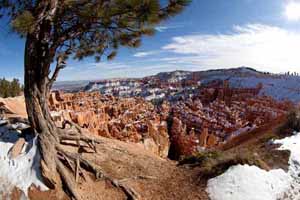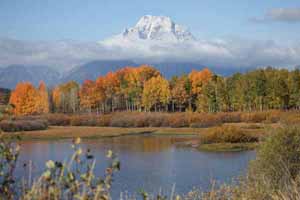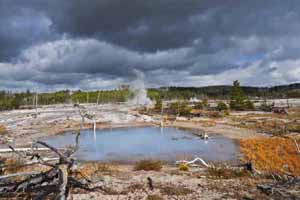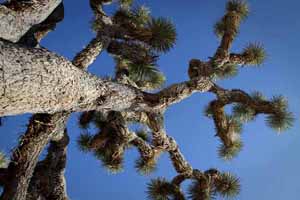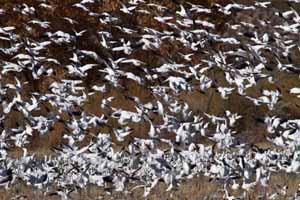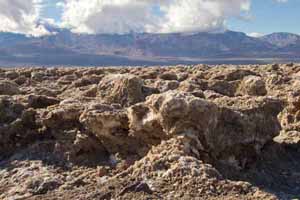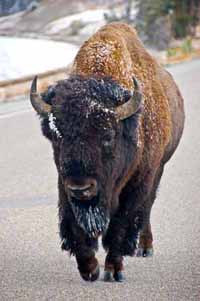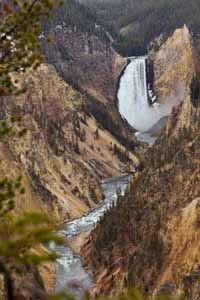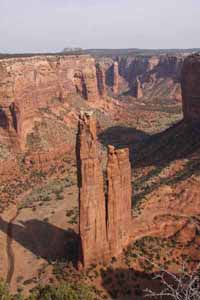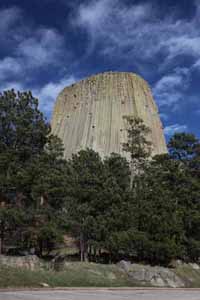Online Magazine
Recent Posts
- Safeguard your Cellphone Photos
- Black & White to Color – Instantly
- Wearing Many Hats
- Video Roundup
- Rescuing Your Blurry Pictures
- Showing Their Age
- What is Your Angle?
- Panorama Photos
- Humorous Photos
- Close Ups
- Fisheye Pictures
- Photo Antiquities
- Printing Big
- Appreciating Scale
- Celebrity Sightings
Tags
More Places to Go
- Free "How-To" Books “How To” books for popular cameras 0
- Vist Us on Facebook keep in touch with us on Facebook 2
Archives
- July 2023 (1)
- March 2023 (2)
- February 2023 (1)
- December 2022 (1)
- October 2022 (1)
- September 2022 (8)
- August 2022 (9)
- July 2022 (1)
- June 2022 (1)
- June 2021 (1)
- May 2021 (1)
- March 2021 (5)
- February 2021 (4)
- January 2021 (2)
- April 2019 (1)
- March 2019 (1)
- February 2019 (1)
- October 2018 (2)
- April 2018 (1)
- March 2018 (4)
- February 2018 (1)
- November 2017 (1)
- August 2017 (1)
- June 2017 (1)
- April 2017 (1)
- March 2017 (5)
- February 2017 (2)
- January 2017 (1)
- October 2016 (1)
- September 2016 (1)
- August 2016 (1)
- July 2016 (1)
- May 2016 (1)
- April 2016 (1)
- March 2016 (2)
- February 2016 (1)
- January 2016 (2)
- December 2015 (1)
- November 2015 (1)
- October 2015 (3)
- April 2015 (1)
- March 2015 (5)
- February 2015 (1)
- January 2015 (4)
- December 2014 (2)
- November 2014 (5)
- October 2014 (2)
- September 2014 (1)
- August 2014 (2)
- July 2014 (1)
- May 2014 (1)
- April 2014 (5)
- March 2014 (5)
- December 2013 (2)
- November 2013 (18)
- October 2013 (1)
- September 2013 (1)
- August 2013 (1)
- July 2013 (1)
- June 2013 (3)
- May 2013 (1)
- April 2013 (2)
- March 2013 (1)
- February 2013 (1)
- January 2013 (1)
- December 2012 (1)
- November 2012 (2)
- October 2012 (2)
- September 2012 (5)
- August 2012 (2)
- July 2012 (1)
- June 2012 (1)
- May 2012 (1)
- April 2012 (4)
- March 2012 (1)
- February 2012 (1)
- January 2012 (3)
- December 2011 (1)
- November 2011 (3)
- October 2011 (1)
- September 2011 (2)
- August 2011 (2)
- June 2011 (3)
- May 2011 (4)
- April 2011 (8)
- March 2011 (8)
- February 2011 (10)
- January 2011 (6)
- December 2010 (11)
- November 2010 (14)
- October 2010 (6)
- September 2010 (12)
- August 2010 (2)
- July 2010 (4)
- June 2010 (3)
- May 2010 (1)
- April 2010 (1)
- March 2010 (2)
- February 2010 (1)
- January 2010 (1)
- December 2009 (1)
- November 2009 (2)
- October 2009 (2)
- September 2009 (1)
- August 2009 (3)
- July 2009 (2)
- June 2009 (1)
- May 2009 (2)
- April 2009 (1)
- March 2009 (2)
- February 2009 (1)
- January 2009 (3)
Do the Birds Know Something We Should Also Know?
22nd April 2013
Earth Day “it’s for the birds”… and us too
Today is Earth Day. I’m guessing that many of you haven’t a clue as to what it’s about. Maybe you can get a glint of Earth Day here.
| I recently completed writing what has become an annual article about Earth Day. Yesterday morning as I was having coffee and reading the Sunday NY Times, I was quite surprised that I didn’t find a single mention of Earth Day throughout the entire newspaper. But I did run across an interesting article that has a similar theme.
As a lover of the outdoors, I’m an avid participant in nature photography. Having spent more than five decades with camera-in-hand, I’ve collected my share of wildlife images. Along the way, I’ve found that the most challenging parts of this favorite activity is capturing the varying graceful, delicate or powerful movements of birds in flight. |
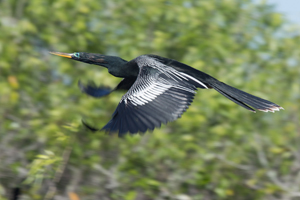 |
Yes, I like birds but I don’t consider myself a bird-watcher. Yet according to Brian Kimberling[1], there are some 5.8 million bird-watchers in the US. I’m not sure where he derives this number but his mention of The Audubon Society most likely accounts for a good share of them.
Last December amid our holiday festivities, I recall hearing about the start of Audubon’s annual Christmas Bird Count. During a two week period, participants take a census of birds in their geographic area with a main goal of studying how bird populations have changed in time and space. After reading Kimberling’s article, I have a better understanding of what these studies are telling us about the environment of all the non-bird species, i.e. us humans.
According the Audubon Society’s report, there has been a noticeable change in bird migration in recent years. The report says: we were able to look at the winter distribution of 305 species to see if their winter range had shifted over the last 40 years. We discovered that 177 of these species showed a significant shift north and this northward shift was correlated with an increase in mean January temperatures in the contiguous 48 states of almost 5 degrees during that time. You can find more details on the Audubon’s website.
Five degrees in 40 years. This is a pretty large increase within the lifetime of many of us. Obviously it’s a big deal to the habits of the birds.
Shouldn’t we be concerned? What do you think? I’d like to hear from you.
Written by Arnie Lee
[1]”What Do Birders Know”, NY Times Sunday Review Section, April 21, 2013
Earth Day 2013
19th April 2013
…moving forward at a snail’s pace
|
|
||
|
“Monday, April 22 marks the 43rd anniversary of the first Earth Day.
|
 |
 |
|
|
||
As April arrives each year I’m reminded of Earth Day. Follow along as my mind becomes unstuck in time.
From the time I first started reading his black humor, novelist Kurt Vonnegut has been one on my favorite authors. He died in April 2007 shortly before the original version of this article was published. The news coverage of his life and death took me back to the late 60’s when I was a student at the University of Michigan (U of M) in Ann Arbor. Vonnegut was invited to be “writer in residence” and as one of the most widely read authors of the day, he was sure to have a large, welcoming audience at U of M.
He sometimes frequented “The Brown Jug” – a small, local campus restaurant where he’d have breakfast and smoke lots of cigarettes. Vonnegut claimed that smoking was the slowest form of suicide. My wife Kris, also a student at the time, waitressed at The Brown Jug and on occasion would wait on him. But owing to her hearing difficulty she wasn’t a very good waitress and frustrated the celebrated writer with her (lack of) service. More to the point, his purpose on campus as writer in residence ended when he prematurely left declaring something to the effect: “I’m leaving Ann Arbor since I have nothing more to teach you about writing.” So it goes.
(more…)
Experiencing the Environment
03rd September 2012
and keeping the environment “a thing of importance”
Our family has been enjoying the outdoors for many years. Some of our adult children were mere babies when we trekked long distance to experience and camp in far away places like Mono Lake, Yellowstone and Acadia. We were attracted by tight knit forests, tumbling waterfalls, golden meadows, majestic mountains, winding hiking trails, abundant wildlife, trickling streams and shimmering nighttime skies.
The love of nature has been in my blood from childhood. At the University of Michigan I studied natural resource economics. The year was 1970 and the call for ecology had gone out with the first Earth Day and notable proponents such as author Rachel Carson, politician Senator Gaylord Nelson, futurist Buckminster Fuller, economist E.F. Schumacher. With my studies, I was counting on a future career that would revolve around conservation and ecology. But as often happens, this career plan didn’t come to pass. Nonetheless, I’ve been trying to keep nature and the environment close to my heart all the years since.
Wouldn’t you guess that photography has been one of my hobbies also since childhood? So it’s only natural that I would arm myself with a camera as our family traveled far and wide. And while family snapshots comprise an important part of my picture taking activities, the other part are the photos that I take to record the many amazing places that we visit.
These are all “peopleless” photographs. They’re meant to illustrate the beauty, scale, magnificence and sometimes fragility of some of our nation’s most iconic vistas and scenery.
Here are some of those picturesque places that we’ve experienced in our travels.
As I view this photo, I can feel the mist rising from the roaring waterfall. When I look at that photo, I find myself breathing in the scent of an immense douglas fir forest. In a third photo, my eyes are following the billowing clouds passing over a craggy, red rock canyon. And that photo has me marveling at the way the bright, fall colors accent the distant snow-covered peaks. Yes, all of these photos serve to remind me how wondrous our environment really is.
But I haven’t completed documenting my encounters with the outdoors just yet. And so I’m determined to continue experiencing the environment in person. I somehow prefer the phrase “experiencing the environment” rather than “capturing the environment” even though I may be recording the scene with a camera.
Whether it’s a national, state, county or city park or any other natural setting, I will treat the environment with respect.
I remain committed to practicing “leave no trace photography” – disturb neither our environment nor our wildlife.
Written by Arnie Lee
Our National ParksAs you can see from the photos above, I’m a avid user of our National Park System. It’s extensive, consisting of almost 400 parks, monuments, landmarks, recreation areas, shorelines, trails, historic sites and wildlife refuges and encompassing some 85 million acres. Each year 275 million of us outdoor lovers visit these places. Entrance fees vary by unit, but an $80 annual pass is a bargain if you plan to visit several parks. Senior citizens 62 years and older can purchase a lifetime pass for only $10. Find our more about our National Parks here. |
|
 |
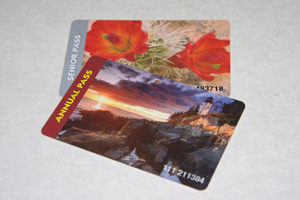 |
« Older Posts — Newer Posts »
